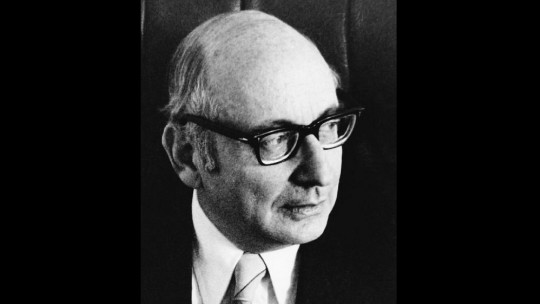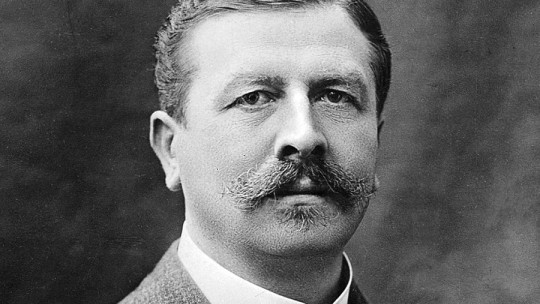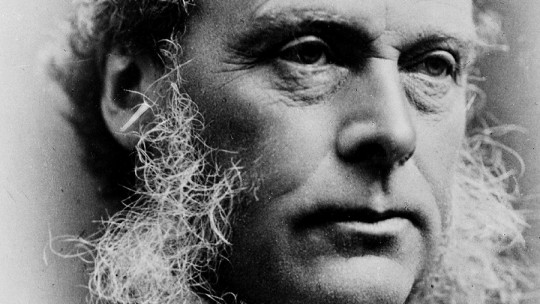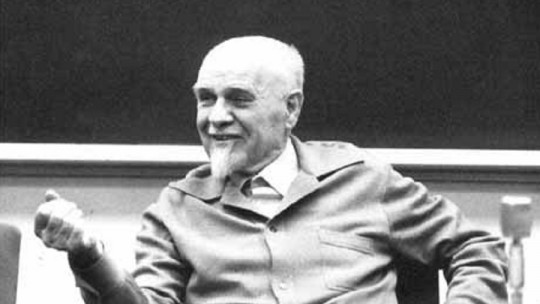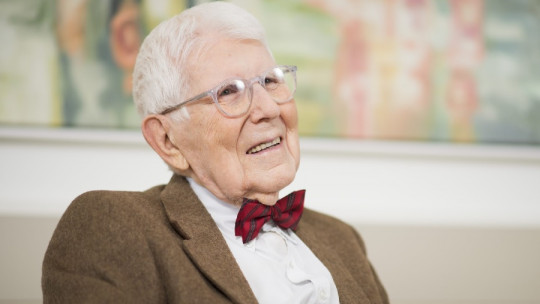The impact that Joseph Wolpe has generated on behavioral therapy has been stable and persistent. His dedication to the world of psychology lasted until almost a few months before his death, when he was still giving conferences around the world.
Both psychology and psychiatry owe this prolific psychiatrist the current knowledge and success of interventions and treatments for any type of phobia from the cognitive-behavioral point of view.
Below we will give a brief review of the life of this researcher through a biography of Joseph Wolpe
Who was Joseph Wolpe? Short biography
Famous psychiatrist of South African origin, Joseph Wolpe managed to position himself as one of the most influential personalities in behavioral therapy
Born in South Africa in 1915, Wolpe spent his academic days at the University of the Witwatersrand. Later he received the Ford Fellowship to carry out predoctoral studies, which gave him the opportunity to move for a year to Stanford University in the United States, where he was able to carry out his studies in psychology within the Center for Behavioral Sciences.
After that year at Stanford University, Wolpe returned to South Africa. However, in 1960, he returned to the United States after accepting a job at the University of Virginia, staying there permanently.
After five years at said institution, Wolpe accepted a position at Temple University in Philadelphia an institution where he would remain until 1988.
Its involvement in the study of anxiety
A milestone that forever marked Wolpe’s life, and influenced him in his later work, was his enlistment as a medical officer in the South African army. Wolpe’s main motivation in enlisting was to treat soldiers who, after returning from battle, They suffered from what was called “war neurosis” at that time Today, this affliction is known as Post-Traumatic Stress Disorder.
At that time, the intervention carried out on soldiers was based on the administration of a type of serum known as “truth serum”, under the belief that talking openly about traumatic experiences would cure this type of neurosis. However, the treatment was rarely effective.
This failure in results was what made Wolpe, a staunch follower of Sigmund Freud and psychoanalytic theories, question this type of intervention and begin investigating other treatment options
This change in the direction of his interests as a mental health professional led him to develop his work within the field of behavioral psychology. Their reciprocal inhibition techniques, specifically systematic desensitization were those that earned him a place of honor in the history books of psychology.
Joseph Wolpe died in the city of Los Angeles in 1997, at the age of 82.
Wolpe’s contributions to psychology
As mentioned above, Wolpe’s jump from analytical psychology to more cognitive-behavioral paradigms caused him to introduce great changes and contributions in this area.
Of them, the most important are the reciprocal inhibition techniques, and the famous systematic desensitization (SD). When reviewing the life and work of Joseph Wolpe, it is essential to know this type of therapeutic resources, one of his main contributions to mental health.
Reciprocal inhibition techniques
In its quest to achieve more effective interventions and treatments for psychiatric conditions, specifically for the treatment of anxiety ; Wolpe developed his reciprocal inhibition techniques, which were based on assertiveness training.
Wolpe’s idea of reciprocal inhibition was based on generating feelings or responses in patients that were incompatible with the feeling of anxiety, and thus reducing its levels.
At the beginning of his investigations Wolpe used cats to whom he offered food while presenting a conditioned fear stimulus using the act of eating as a way to inhibit the anxiety response.
After achieving successful results with cats, Wolpe used reciprocal inhibition on his clients in the form of assertiveness training. The psychiatrist’s hypothesis was that a person is not capable of being aggressive, or of experiencing feelings of irritation or anger, at the same time as assertive feelings or behaviors.
These assertiveness training proved to be especially useful for patients who presented symptoms of anxiety in social situations or some type of social phobia. However, these interventions lacked positive results for other types of phobias.
As a result of this failure to improve the rest of the phobias, Wolpe developed his best-known intervention protocol in psychology, systematic desensitization (SD). According to which, when a patient directly faces his fears, extreme feelings of frustration can be generated, so the best way to overcome them was to expose himself gradually.
Systematic desensitization
Wolpe developed and perfected an action protocol for the treatment of phobias which he called Systematic Desensitization (SD).
Systematic desensitization consists of gradually presenting the patient with a series of images or contexts to which he may feel some type of phobia while he performs a series of relaxation exercises.
Wolp’s main idea is that no person can feel relaxed and anxious at the same time, so relaxation would inhibit feelings of anxiety or fear that the patient experiences towards any object or situation.
There are three steps or stages within this protocol, which must be carried out after the clinician performs a thorough case formulation, or what Wolpe called “behavioral analysis.”
These steps within systematic desensitization are:
1. First step: training in relaxation techniques
Wolpe adopted the muscle relaxation model proposed by Jacobson modifying it so that it was something shorter and more effective.
In this first stage, the professional must teach the patient relaxation techniques so that they can subsequently carry them out in the following steps of the treatment.
2. Second step: create a hierarchy of anxieties
During this second stage, therapist and patient create a list with a series of situations or contexts that generate feelings of anxiety in the person, in any of their forms.
They are then ranked or ordered, starting with those with the lowest degree of anxiety or stress until reaching the one that provokes the greatest feeling of dread in the patient.
3. Third step: systematic desensitization
The next and final stage consists of the patient putting into practice the relaxation exercises learned in the first, ensuring that he or she relaxes completely. Meanwhile, the clinician will show or relate the different images extracted from the previous step, starting with those with the lowest level of anxiety
Depending on the patient’s reaction, they will move on to the next higher-grade image or the process will be repeated until anxiety levels have decreased.
Despite possible failures that arise during the process, such as the order of the images not being appropriate or the patient not being able to relax, systematic desensitization has proven to be one of the most successful interventions in the treatment of phobias. it means.

